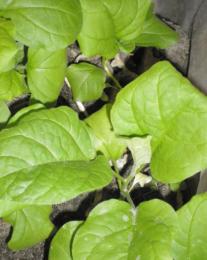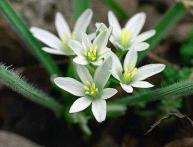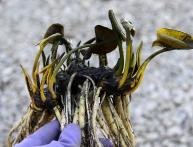Planting eggplant seedlings in the ground. How to do it right

A crop such as eggplant is especially demanding on the structure and nutritional value of the soil. Good growth, development and high yield can be obtained if eggplant seedlings are planted on light, fertile soils.
The beds for their cultivation are prepared as follows.
Loamy or clayey soil requires the introduction of various additives (per 1 square meter of area, a bucket of manure and sand, 2 buckets of peat and about 0.5 buckets of half-rotted sawdust).
If the soil is peaty, add a bucket of turf soil, sand and humus.
For sandy soil, the mixture is as follows: 3 buckets of clay soil, 2 buckets of peat and humus and a bucket of sawdust.
In addition, for each meter of area you need to add 2 cups of wood ash, one teaspoon of urea, 1 tablespoon each of superphosphate and potassium sulfate. It is not recommended to add fresh manure when planting eggplant seedlings.
After adding the additives, the soil is dug up, leveling the surface of the beds, and slightly compacted. Before planting, make holes approximately 13-15 cm deep.
Eggplants are planted in a garden bed in two rows, with a distance between rows of about 50-60 cm, and between seedlings in rows - 40-45 cm.
Right before planting, you need to pour 1.5 liters of warm mullein solution into the holes (10 liters of water with half a liter of concentrated mullein).
For better rooting, plants are planted in the evening and covered with paper caps in the morning, this will protect them from direct sunlight and cold winds. To ensure the necessary and uniform moisture, the soil can be covered with black film between the rows.








